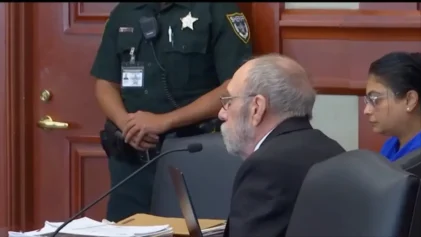America has undoubtedly made progress when it comes to diversification, but in truth, there is still has a long way to go. However, a new study shows that while the rest of the nation is seemingly putting in the effort, one city is lagging tremendously.
A study released on Monday, June 21, from the University of California Berkley’s Othering & Belonging Institute titled “The Roots of Structural Racism” revealed Detroit to be the most segregated city in America. In addition, 169 of the 209 metro areas in the U.S. have all increased their levels of segregation between 1990 and 2019.

The study used a divergence index, which the study authors say. “compares the relative proportions of racial groups (or any other groups) at smaller and larger geographies, looking for the degree of ‘divergence’ between two geographies, such as between a census tract and a county.” This means the diversity index measurement tool shows the racial composition contrast between one distinct area and a neighboring area or areas.
In a comparison of cities with more than 200,000 people, Detroit scored in the 84th percentile in the divergence index for 2019, topping the chart. Researchers also compared differences in income and poverty levels, home values, life expectancy, and rent prices when comparing highly segregated white neighborhoods, highly segregated Black and brown communities, and integrated communities in making their assessments about racial contrasts
They also looked at Detroit’s history and how it became the epicenter for Black people who traveled from the South during the Great Migration and how the city tried continuously to keep the newcomers segregated in specific neighborhoods.
Stephen Menendian, a researcher on the project, described the Motor City as a perfect example of chronic disinvestment, which ultimately contributed to the inequality in public goods. “They suffered from deindustrialization, but also just decades of disinvestment,” Menedian told the Michigan Radio NPR station. “A lot of these cities in that mid-Atlantic, industrial Midwest corridor, like Newark, like Detroit, like Flint: they’ve been under conservatorship. They’ve gone bankrupt, especially after the last recession. These are places that have suffered from a kind of political and economic regime of austerity.”
Furthermore, the studies showed that highly segregated white communities were much better off than highly segregated Black and brown neighborhoods. And Black and brown people who were raised in these neighborhoods earned a higher income than those from predominantly Black and brown communities.
A people-focused economy is a concept that has been highly suggested to see a change in the city. Menendian says, “We need to invest. We need to invest in pre-K. We need to invest in child care. We need to invest in extracurricular activities. We need to invest in community colleges.” He added, “We need investments in our people that will improve their life chances and cycles and in their health and well-being rather than in sort of the things that we’ve invested in in the last 40, 50 years, like prisons and jails.”
Aside from Detroit, Hialeah City, Florida, comes in as the second most segregated city, with Newark, New Jersey, Chicago, and Milwaukee following behind.


